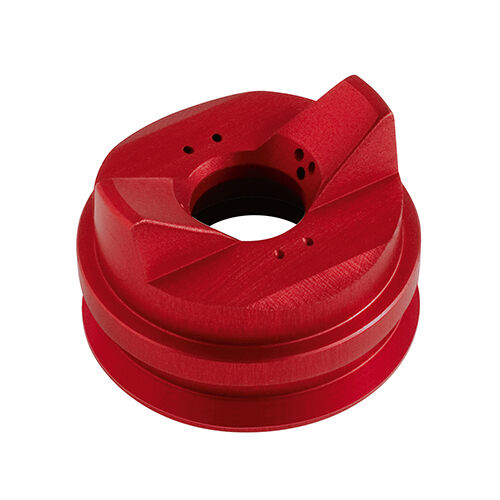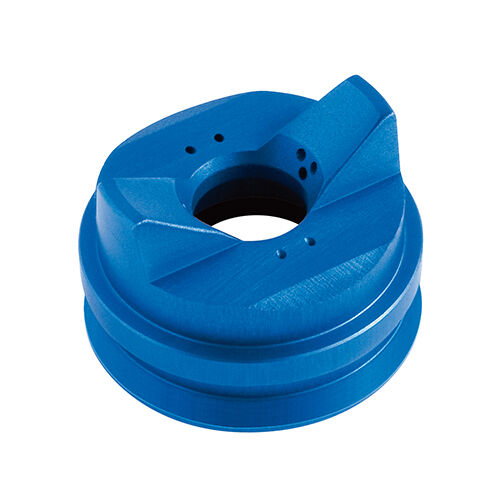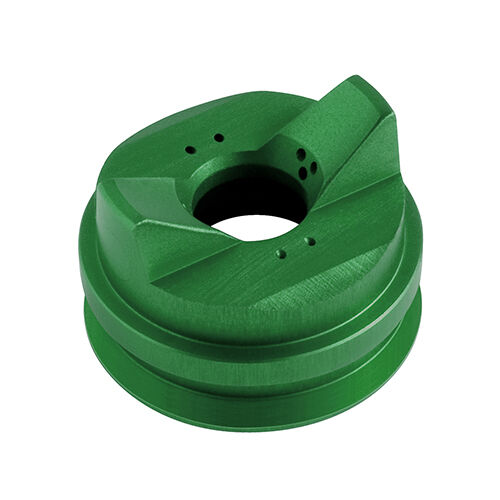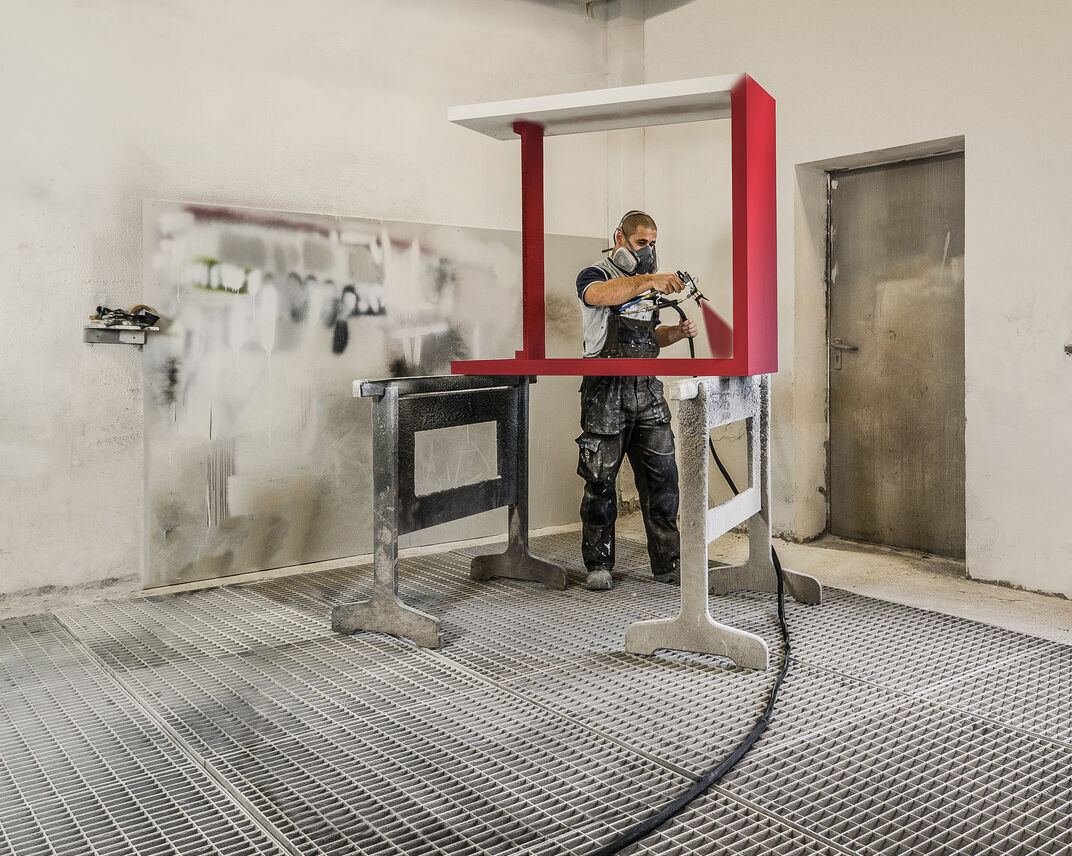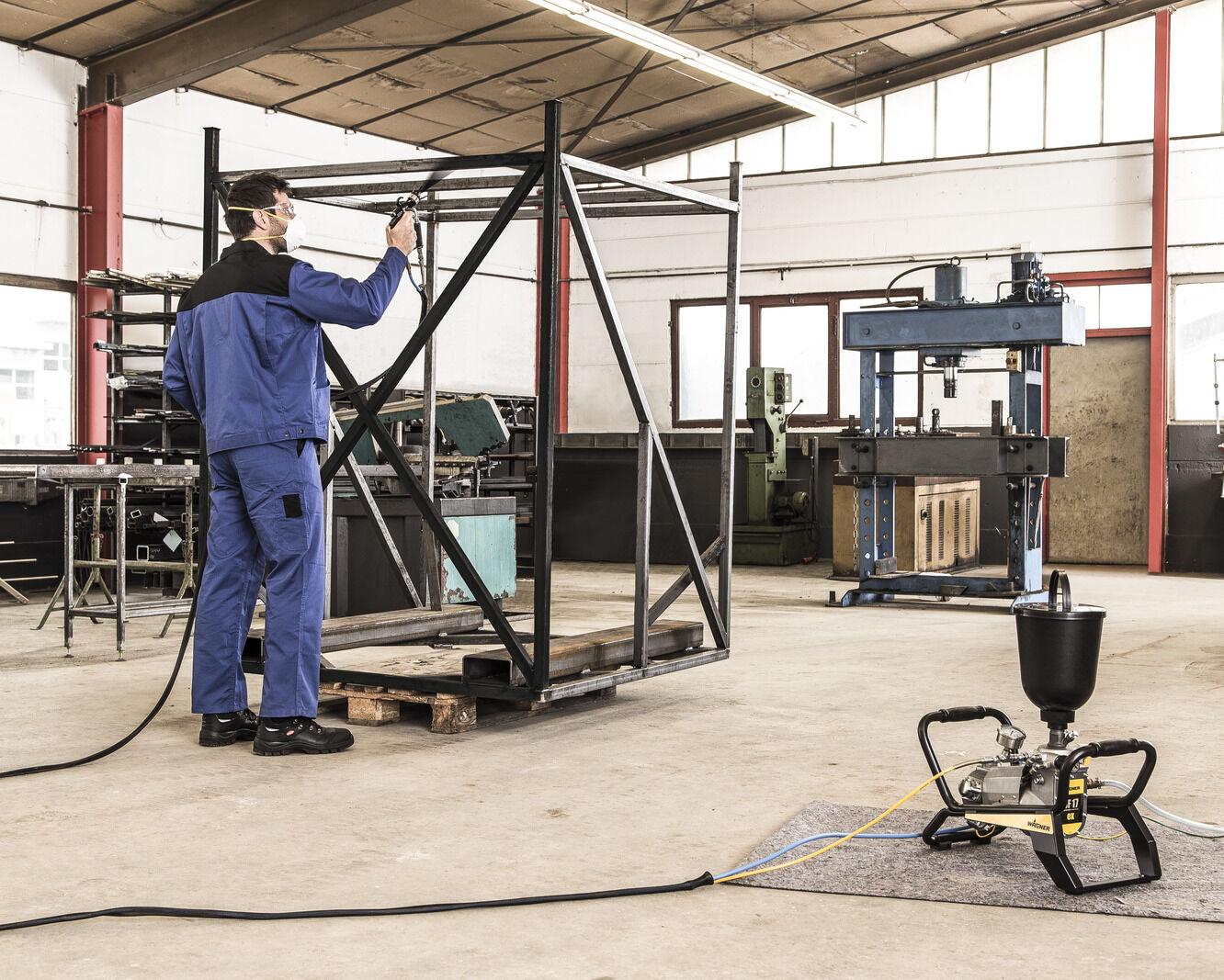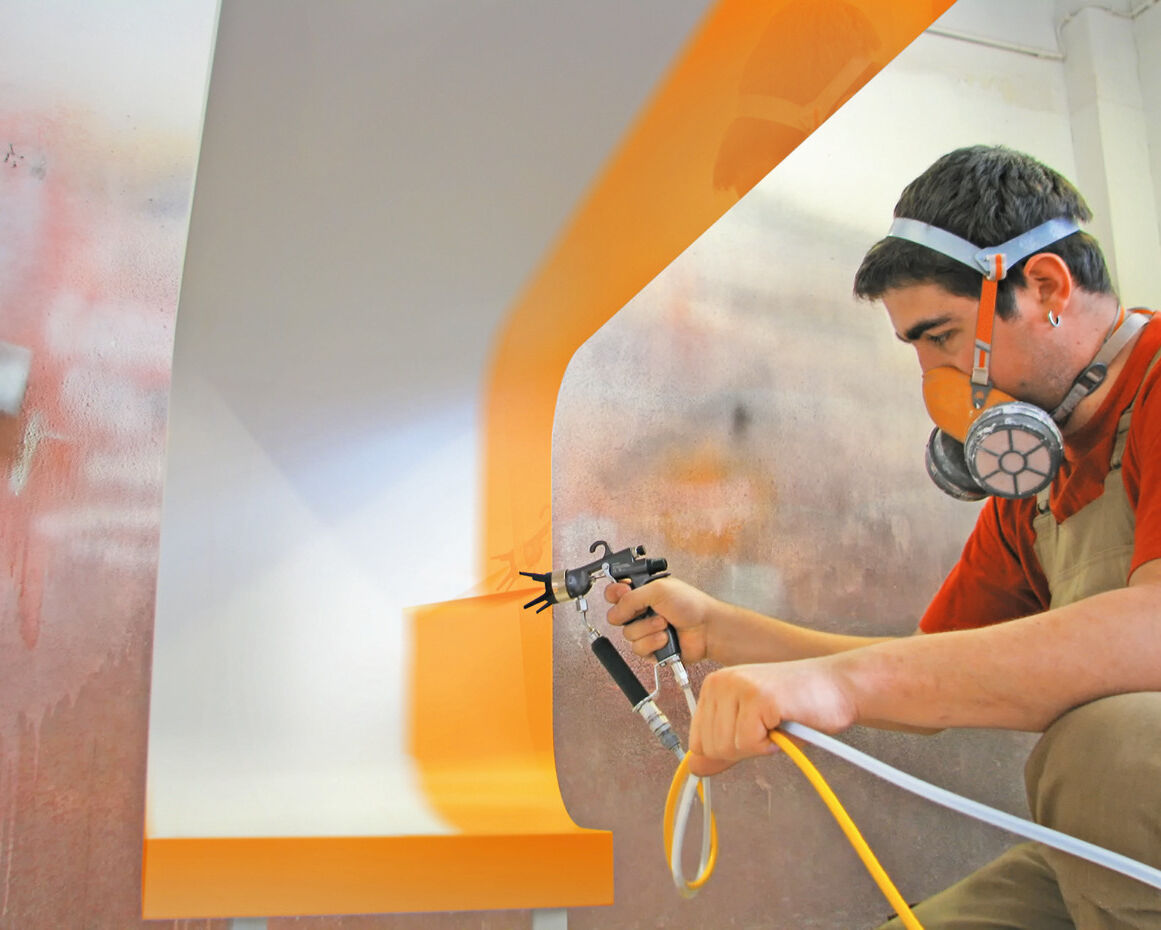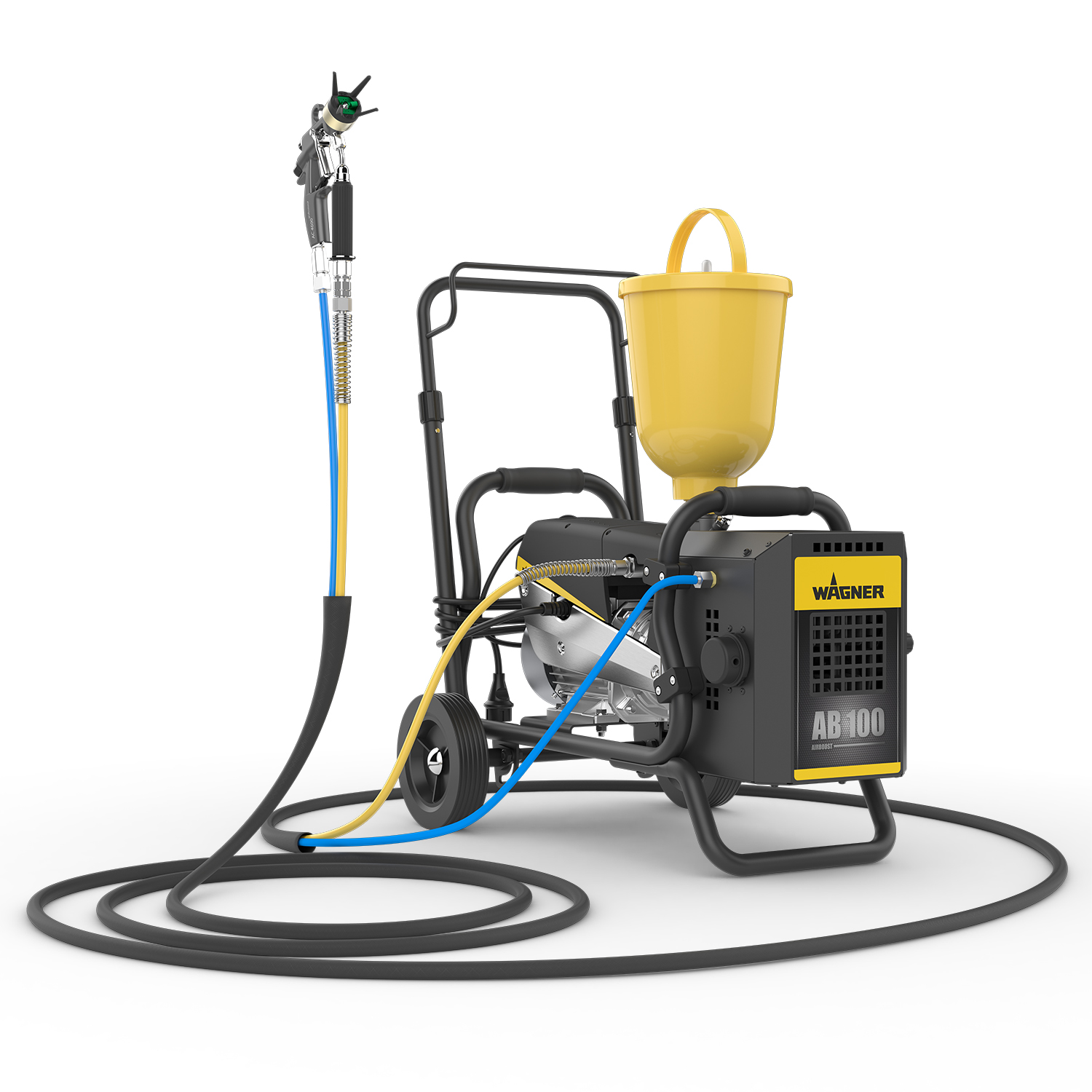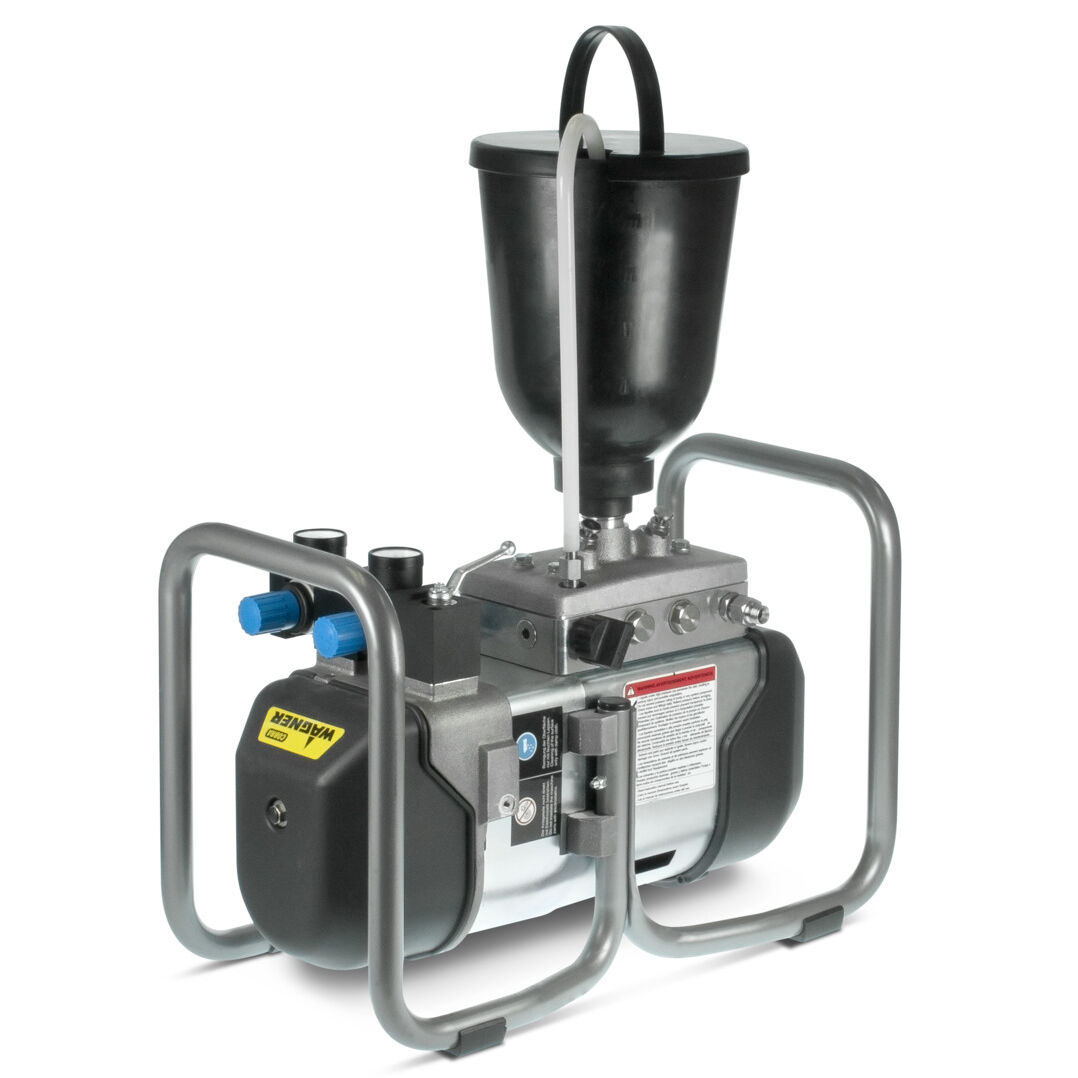What is AirCoat? Interesting facts about AirCoat technology
AirCoat is the combination of airless technology with the support of air. In the AirCoat or AirMix process, an air jacket surrounds the material and makes the application particularly effective. The low air consumption and soft spray jet guarantee perfect painting results. That is why AirCoat is used in many professional areas such as wood or metal processing.





